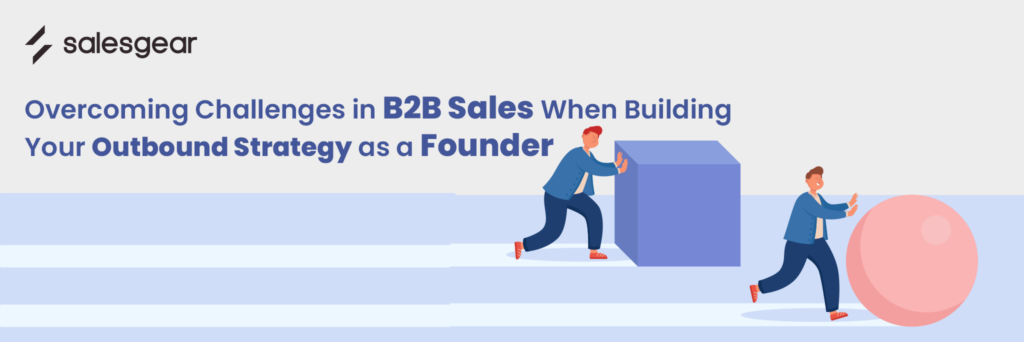
What are the common challenges in B2B sales that cause founders to avoid starting outbound sales? Most common objections given by a founder are –
- “I don’t have time for outbound sales.”
- “I’m not a natural salesperson.”
- “I don’t have a big enough network.”
- “I’m not sure if outbound sales is the right approach for our company.”
- “I don’t want to come across as pushy or annoying to potential customers.”
- “I’m not sure if our product is ready for outbound sales yet.”
- “I don’t have the resources to invest in an outbound sales team.”
Fear of rejection or failure is a common barrier in outbound sales, but it’s important to push through and stay focused on the end goal.
Start small and iterate.
Instead of trying to do too much too soon, start with a small outbound sales effort and gradually scale up as you see results and gain more confidence. This will help you avoid feeling overwhelmed and ensure that you’re able to make the most of your outbound sales efforts.
In this guide, we provide a comprehensive overview on how to use outbound sales as a valuable tool for early-stage startups and how to overcome challenges in B2B sales.
Whether you’re just starting out or are already seeing success, this blog will help you understand the benefits, challenges, and best practices of outbound sales.
Why Choose Outbound Sales as a Founder

Building a startup in today’s scenario is hard, with the number challenges from competition, endless customer requirements and limited resources.
As a founder of an early-stage startup, you’re likely looking for ways to reach potential prospects, generate leads, and close deals quickly and effectively.
While there are many ways to achieve these goals, outbound sales is one approach that can be particularly effective for startups.

From cost-effectiveness to fast sales cycles, the benefits of outbound sales are many. However, there are also challenges to overcome, such as finding the right message, overcoming resistance, and measuring the success of your efforts.
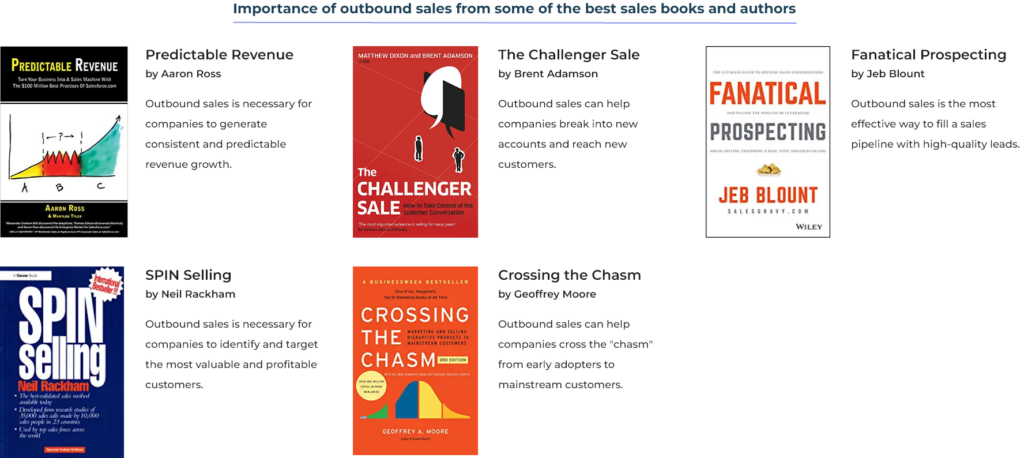
Startups That Used Outbound Sales To Grow
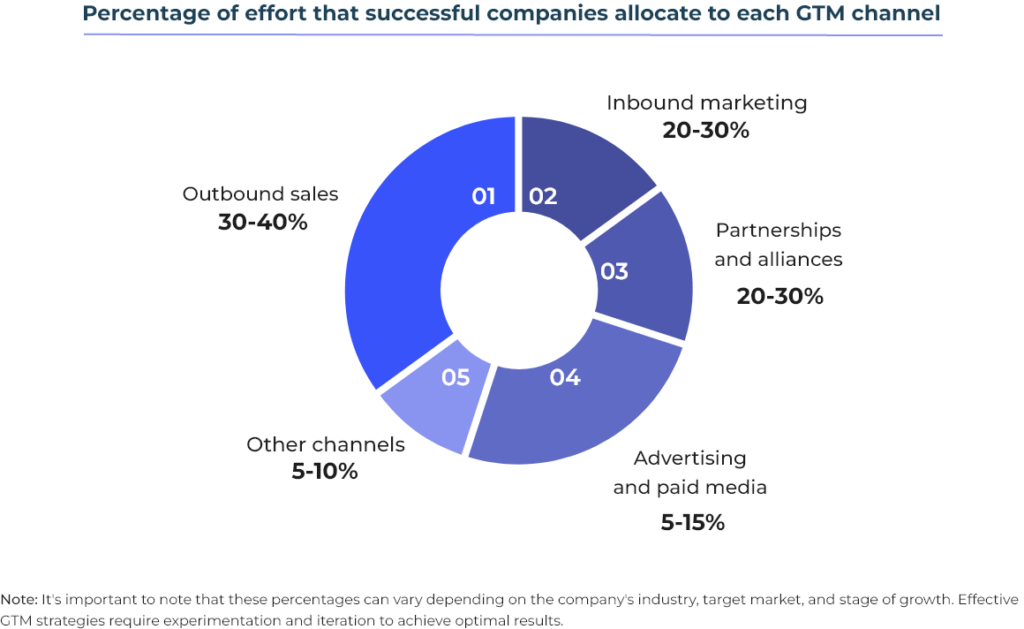
1. Intercom
Intercom is a leading provider of customer communication and engagement solutions. To connect with potential customers and establish relationships, the company relied on outbound sales during its early days.
By targeting specific industries and offering valuable insights and advice, Intercom was able to generate leads and close deals quickly, leading to its rapid growth and success.
2. Mailchimp
Mailchimp, a popular email marketing company. In its early days, the company used outbound sales to acquire new customers and build relationships. They offered customized demos and shared valuable insights to generate leads, which helped them to quickly close deals and scale their business.
By prioritizing outbound sales, Mailchimp was able to connect with key decision-makers and address their pain points more effectively, leading to higher conversion rates and revenue growth.
3. Pipedrive
Pipedrive started as Simple sales CRM for small teams, is now valued north of $1.5 Billion and growing rapidly. To grow its customer base, the company initially relied heavily on outbound sales. By targeting specific industries and using personalized outreach methods, Pipedrive was able to generate leads and close deals, leading to its rapid growth and success.
As the company grew, it diversified its go-to-market strategy to include inbound sales and other channels, but outbound sales remains an important part of its overall sales approach.
4. Hubspot
Although Hubspot is now a leading provider of inbound marketing and sales software, the company used outbound sales in its early days to reach out to potential customers and establish relationships.
By providing valuable insights and advice, Hubspot was able to generate leads and close deals quickly, paving the way for its eventual massive success.
5. Square
Square, a top player in the mobile payment and point-of-sale (POS) solutions space, utilized outbound sales during its early days to connect with potential customers and generate leads.
With a focus on specific industries, the company provided valuable insights and advice that helped build strong relationships and expand its customer base.
6. Dropbox
Dropbox is a leading provider of cloud storage and collaboration solutions. In its early days, the company used outbound sales to reach potential customers and build relationships.
By targeting specific industries and offering valuable insights and advice, Dropbox was able to generate leads and close deals quickly, ultimately leading to its massive success.
7. Segment
Recognized as a top provider of customer data infrastructure (CDI) solutions, Segment employed outbound sales as a key strategy to reach out to potential customers and establish relationships during its early days.
With a keen focus on particular industries, the company delivered valuable insights and advice that effectively generated leads and accelerated deal closures, which in turn facilitated Segment’s swift growth and subsequent success.
Setting Up Your first Outbound Sales Motion
There are several challenges in B2B sales as mentioned earlier. As a founder, following are some of those concerns that he/she has while starting out and setting up the outbound team.
- Limited resources
- Lack of expertise
- Finding the right audience
- Navigating legal and compliance issues
- Maintaining a consistent sales process
- Measuring success
Limited Resources: Bottleneck To Start Outbound Sales

We all know outbound is extremely rewarding, but for many startups, limited resources can be a real bottleneck to starting an effective outbound sales strategy. However, there are several ways to manage this challenge and make the most of your resources.
Here are some tips to help you overcome this challenge in outbound sales, even when resources are tight:
1. Focus on your ideal customer
Identify your ideal customer profile (ICP) and build a targeted list of prospects to reach out to. This will help you maximize the impact of your outbound efforts and avoid wasting time and resources on unqualified leads. Use tools like Zoominfo, Adapt, Lusha to build your target list of buyers.
2. Leverage technology
Use sales automation tools to streamline your outbound sales process and increase efficiency. Use tools for lead generation, email outreach, and follow-up tracking. Tools like Salesgear, Salesloft and Outreach can help you automate these activities.
3. Optimize your messaging
Craft personalized and compelling messaging that speaks directly to your target customers’ pain points and needs. This will help you stand out from competitors and increase your chances of success. Use tools like Salesgear writing assistant, CopyAI, Lavender and similar tools.
4. Measure and iterate
Track key metrics such as response rates and conversion rates, and use this data to continually refine and improve your outbound sales strategy. With a data-driven approach, you can make the most of your limited resources and achieve significant results.
Lack Of Expertise
Outbound sales requires a specific skill set. As a Founder, it can be one of the most difficult challenges in b2b sales to stand out. Especially, if you don’t have much experience in sales. However, there are different ways you can solve this.
1. Invest in learning
Take the time to educate yourself on the fundamentals of outbound sales. Attend webinars, read blogs and books, and follow industry experts on Linkedin. The more you know, the better equipped you’ll be to manage your outbound sales efforts.
Suggested Read: 11 Best Sales Communities to join, engage, and grow.
2. Hire an expert
If you don’t have the expertise in-house, consider hiring an outbound sales consultant or agency to help you get started. They can bring their experience and knowledge to the table and help you develop an effective outbound sales strategy.
- You can find them from a simple search on LinkedIn for “outbound sales consultant” or “outbound sales agency” in the search bar and filter the results by filters like location and industry.
- Sales conferences are a great way to meet outbound sales consultants and agencies. You can network with them and learn more about their services. Some of them are like –
- Sales Enablement Society Annual Conference – Sales Enablement Society
- AA-ISP Digital Sales World – American Association of Inside Sales Professionals
- Gartner Sales & Marketing Conference – Gartner
- Sales 3.0 Conference – Sales Enablement LLC
- Dreamforce – Salesforce
- Sales Hacker Revenue Summit – Sales Hacker
- SaaStr Annual – SaaStr
3. Leverage technology
There are a variety of outbound sales tools and technologies available that can help you automate and streamline your outreach efforts. From email marketing platforms to sales enablement software, there are many options to choose from that can help you scale your efforts.
4. Learn from your competitors
Look at what your competitors are doing in terms of outbound sales and try to learn from their successes and failures. Study their messaging, targeting, and tactics and use this information to inform your own outbound sales strategy.
5. Network with other founders
Connect with other founders who have successfully implemented outbound sales in their business. Ask for their advice, tips, and tricks and learn from their experiences.
Building a community of like-minded founders can be an invaluable resource as you navigate the challenges in b2b sales. Some of the quick ways to connect with fellow founders are through LinkedIn and public slack communities. Another great option is to attend local meetups and events focused on founders and entrepreneurship.
Here are some Slack communities for founders:
- StartupStash: A community of startup founders and entrepreneurs sharing resources, feedback, and advice.
- Startup Chat: A community of startup founders and entrepreneurs discussing all aspects of building and growing a startup.
- Indie Hackers: A community of indie makers and founders sharing their journeys, insights, and resources.
- Women in Tech: A community of women in tech, including founders, developers, designers, and marketers, supporting and inspiring each other.
- SaaS Revolutionaries: A community of SaaS founders and leaders sharing their experiences, challenges, and best practices in scaling a SaaS business.
- GrowthHackers: A community of growth hackers, marketers, and founders sharing their growth strategies, experiments, and successes.
- Founders Network: A community of startup founders, investors, and advisors offering peer mentorship, resources, and events.
- Tech Ladies: A community of women in tech, including founders, engineers, designers, and product managers, connecting and supporting each other.
- Venture Deals: A community of startup founders, investors, and advisors discussing all aspects of fundraising and dealmaking.
- Bootstrapped FM: A community of bootstrapped founders and entrepreneurs sharing their experiences, challenges, and lessons in building a business from scratch.
Finding the right audience
1. Define Your ICP
Before you start your outbound sales efforts, it is important to define your ICP, which includes the characteristics of your target customers, such as their industry, company size, job title, and pain points. It might be time consuming initially but it’s the best investment you would have made as the perfect platform for scaling. Refer to the screenshot below,
2. Use data for targeting
Use data to identify companies that fit your ICP and create targeted outreach lists. There are many tools available that can help you do this, such as ZoomInfo, Adapt and Lusha to filter prospects that match your ICP.
3. Leverage communities
Use public communities like facebook groups, slack communities to identify and engage with your target audience and participate in relevant conversations. Based on the nature of your buyer persona, join respective communities to get access to them quicker. Here are list of slack communities for different department.
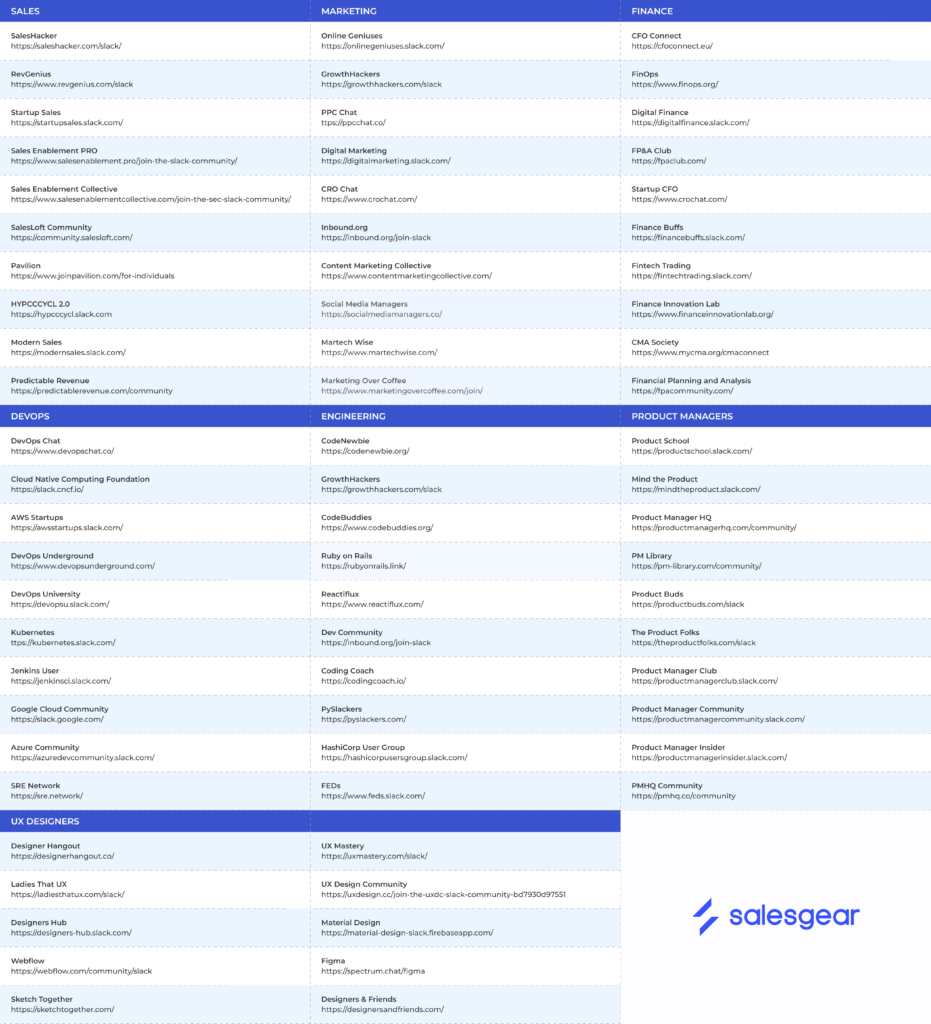
4. Attend industry events
Attend industry events and conferences where your target audience is likely to be. This will give you the opportunity to meet potential customers in person and build relationships.
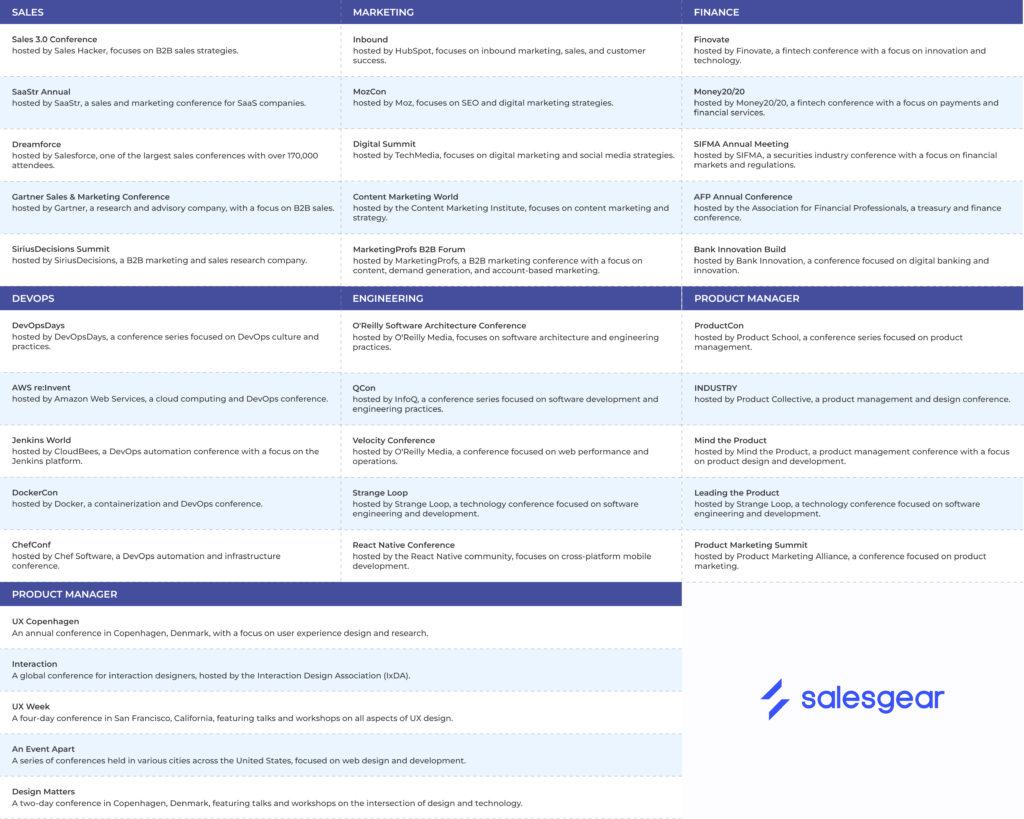
5. Personalize your outreach
Tailor your outreach to each individual prospect by personalizing your messaging and showing that you understand their unique challenges and needs.
Challenge Of Navigating Legal & Compliance Issues
1. Staying informed about relevant laws and regulations
It’s important for you to understand the legal and compliance landscape in your industry and location. You should research relevant laws and regulations, and seek advice from legal professionals as needed.
2. Implementing compliance processes and procedures
- You, as a founder, can create and implement compliance processes and procedures to ensure that the outbound sales activities adhere to relevant regulations. This may involve
- creating a compliance plan,
- training team members on compliance issues, and
- regularly reviewing and updating compliance practices.
3. Using compliant sales tools and software
There are many sales tools and software available that can help ensure compliance with legal and regulatory requirements. You should carefully evaluate these tools and choose ones that are designed with compliance in mind.
Maintaining a Consistent Sales Process
Maintaining a consistent sales process as a founder is crucial for the success of outbound sales.
A sales process for a startup might include the following steps:
- Prospecting: Your sales reps identify potential customers based on specific criteria, such as company size or industry.
- Qualification: Qualify the leads to ensure they fit your ideal customer profile and have a need for your product.
- Demo: Provide a demo of your product to the qualified leads to show them how it works and how it can help them.
- Proposal: Provide a proposal to the leads that are interested in purchasing your product.
- Closing: Work with the leads to close the deal and sign a contract.
Maintaining consistency in the sales process can be challenging for a startup. However, having a well-defined sales process with clear steps and criteria can help create a consistent approach to sales.
Here are some frameworks, tips, and processes that you can use to help you achieve this.
- Define your sales process: Start by mapping out your sales process from start to finish. This should include all the steps, from prospecting to closing the deal. You can use a flowchart or a simple checklist to visualize this process.
- Standardize your sales process: Use sales tools and automation software to standardize your sales process. Use a CRM to manage your leads and SEP like Salesgear to create templates, run your email campaigns, call prospects, track metrics and schedule meetings.
- Train your team: Ensure that your sales team is trained on your sales process, tools, and templates. Provide regular coaching and feedback to help them improve their performance.
- Monitor your sales process: Use data analytics and reporting to monitor your sales process and track key metrics, such as conversion rates, deal velocity, and sales cycle length. This will help you identify areas for improvement and optimize your process over time.
- Continuously improve your process: Finally, be willing to iterate and improve your sales process over time. Collect feedback from your team, customers, and prospects, and use this information to refine your process and stay ahead of the competition.
Measuring Success: Be On Top Of Your Game
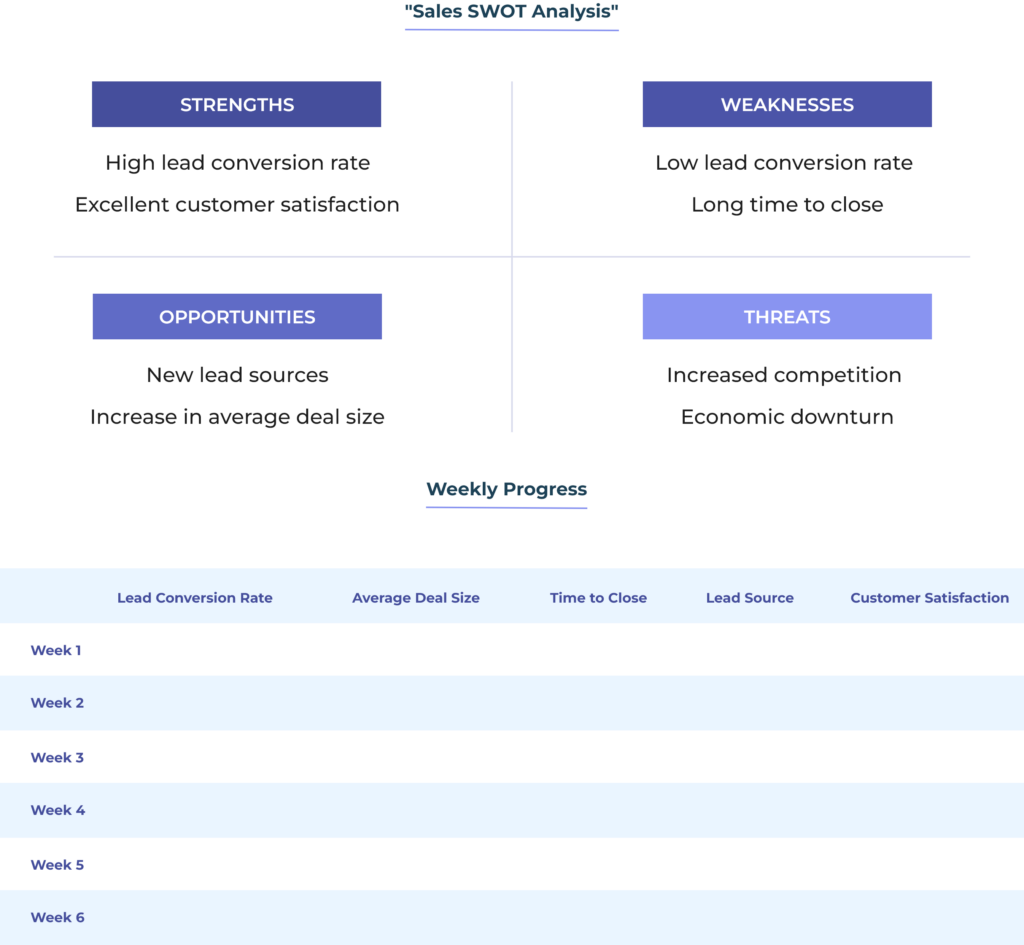
To make sure you are on the right track with your outbound sales efforts, it’s important to track and measure key metrics. Some of the metrics you should be tracking include:
- Lead conversion rate: This metric measures how many leads are converted into opportunities and eventually into paying customers.
- Average deal size: It’s about measuring the average size of deals closed, which can help you understand the impact of your outbound efforts on revenue.
- Time to close: The time it takes to close a deal is an important metric which can help you understand the efficiency of your sales process.
- Lead source: This metric measures where your leads are coming from, which can help you understand the impact of your outbound efforts on your overall lead generation efforts.
- Customer satisfaction: This one is about measuring how satisfied are your customers with your product or service. This metric can help you understand the impact of your outbound efforts on customer retention and loyalty.
Get a copy of free checklist of sales metrics and how to calculate them.
By tracking these metrics, you can gain insights into the effectiveness of your outbound sales efforts and make adjustments as needed to improve results. Remember, success in outbound sales is a long-term game, and it requires persistence, patience, and a willingness to experiment and iterate.
Final Thoughts
Implementing an effective outbound sales strategy is both a challenge in b2b sales and also a key driver of growth for startups.
As a founder, choosing to invest in outbound sales can provide you a reliable way to generate new leads and drive revenue growth. Many successful startups have used outbound sales to their advantage by leveraging data and technology and scale their businesses.
To set up an effective outbound sales motion, you must
- Define your ICP,
- Understand their prospecting channels, and
- Implement a structured process for reaching out and engaging with potential customers.
By following these steps, you can overcome these challenges in b2b sales and create a sustainable outbound sales strategy that drives growth and success for your business. Ultimately, the key to success in outbound sales is to remain persistent and continually refine and optimize your approach over time.